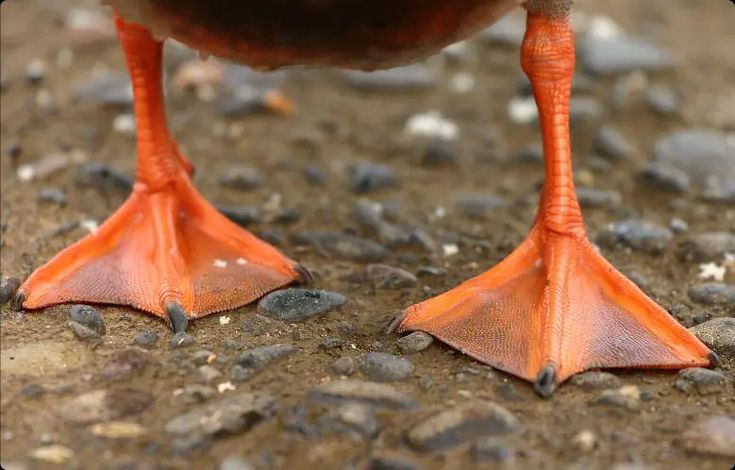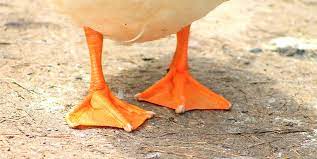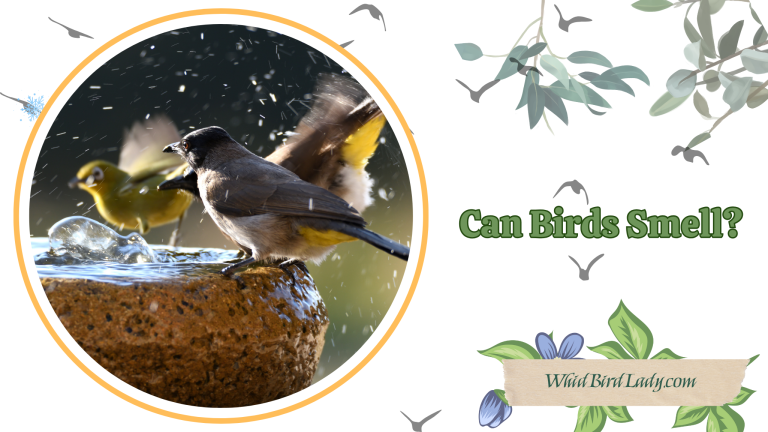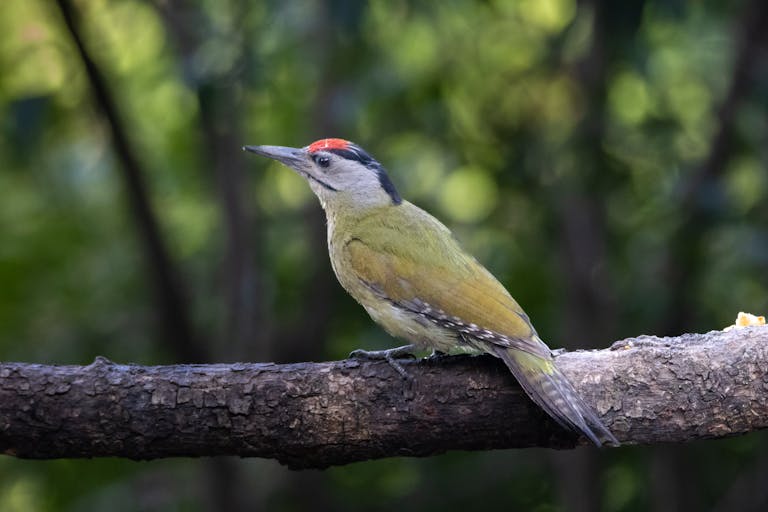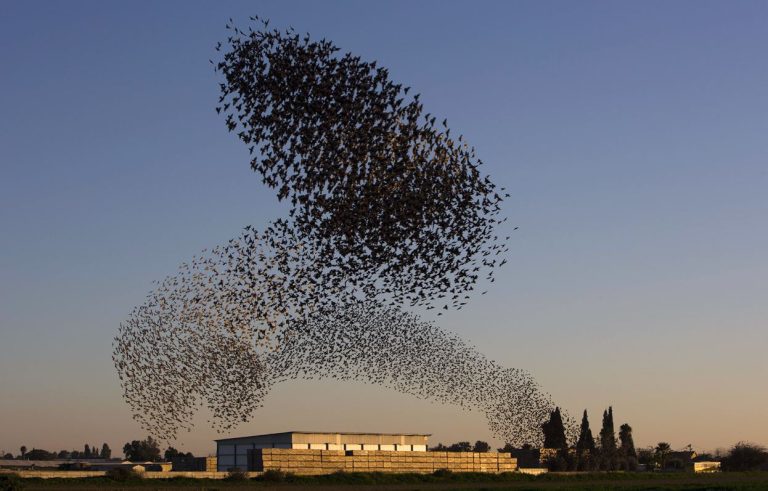What Are Ducks’ Feet Called? An In-Depth Look at Their Anatomy and Function
Ducks are fascinating waterfowl known for their quacking calls, waddling walks, and especially their unique feet. If you’ve ever watched a duck paddling across a pond or waddling through the grass, you might have asked yourself: what are ducks’ feet called?
The short answer is: ducks have webbed feet. But there’s much more to the story than just that.
In this complete guide, we’ll dive deep into everything about duck feet—what they’re called, how they evolved, what makes them so special, and how they differ across species. Whether you’re a birdwatcher, biology student, or simply curious, this guide covers it all.
What Are Ducks’ Feet Called?
Ducks have webbed feet, specifically called palmate feet, a term used in ornithology to describe feet where the three front toes are joined by skin. This is the most common type of webbed foot in aquatic birds.
In summary:
- Scientific name: Palmate feet
- Common name: Webbed feet
- Purpose: Adapted for swimming, walking on soft ground, and sometimes digging
The palmate structure acts like a paddle, pushing water efficiently and making ducks powerful swimmers.
Why Do Ducks Have Webbed Feet?
Ducks evolved webbed feet as a direct adaptation to their watery environments. These feet act like built-in flippers, allowing ducks to swim faster and more efficiently.
From an evolutionary perspective, birds that were better adapted to life in water had a survival advantage. Over time, species like ducks, geese, and swans developed interconnected skin between their toes, giving rise to the webbed feet we see today.
Webbed feet help with:
- Propulsion in water
- Maneuverability when swimming
- Wading through muddy or marshy environments
- Stability when walking on uneven terrain
How Webbed Feet Help Ducks Survive
Webbed feet aren’t just for show—they’re essential for a duck’s survival. Here’s how:
1. Efficient Swimming
The webbing increases the surface area of the foot, allowing ducks to push against more water. As a result, each stroke propels them farther.
2. Quick Take-Off
Many ducks, especially dabbling ducks, need a “running start” to take off from the water. Their feet help them run across the surface before they lift off.
3. Maneuvering
With each webbed foot acting like an oar, ducks can steer and change direction easily—even in fast-moving water.
4. Thermoregulation
Duck feet play a surprising role in maintaining body temperature. The veins and arteries in their feet are arranged in a counter-current system that minimizes heat loss in cold water.
Anatomy of a Duck’s Foot
Duck feet may look simple, but they are biologically complex. Here’s a breakdown of the main parts:
1. Toes
Ducks typically have four toes:
- Three pointing forward (digits 2, 3, and 4)
- One small back toe (digit 1, or hallux)
2. Webbing
The three forward-facing toes are connected by a thin, flexible membrane of skin. This is what forms the webbing.
3. Bones and Muscles
Despite looking flimsy, duck feet are strong. Tendons and muscles allow them to grip terrain and paddle with force.
4. Scaly Texture
Duck feet are covered in scales, not feathers, to reduce drag in water and prevent frostbite in cold weather.
Different Types of Duck Feet
While all ducks have webbed feet, not all webbed feet are exactly the same. Ducks belong to the Anatidae family, and within it, foot shape and size can vary based on species and habitat.
Dabbling Ducks (e.g., Mallards)
- Spend more time on land
- Feet adapted for walking and shallow water
Diving Ducks (e.g., Canvasbacks, Scaups)
- Spend more time underwater
- Have larger, stronger feet placed farther back on their bodies for better propulsion
Sea Ducks (e.g., Eiders, Scoters)
- Strong, large feet for ocean currents
- Often use feet to help dive for food
How Duck Feet Compare to Other Birds
Ducks are not the only birds with webbed feet. But their specific palmate structure differs from other types:
| Bird Type | Foot Type | Description |
|---|---|---|
| Duck | Palmate | 3 front toes connected |
| Gull | Palmate | Similar to ducks |
| Pelican | Totipalmate | All 4 toes connected |
| Coot | Lobate | Toes have lobes, not webs |
| Heron | Anisodactyl | Standard bird foot (3 front, 1 back) |
Ducks, gulls, and geese all share palmate feet, but pelicans go one step further with totipalmate feet, where all four toes are webbed.
Do All Ducks Have Webbed Feet?
Yes—all duck species have some form of webbing between their toes. Webbed feet are one of the defining characteristics of ducks.
Even ducklings hatch with small but functional webbed feet. As they grow, the webbing strengthens and grows proportionally with the rest of their bodies.
How Ducks Use Their Feet on Land vs. in Water
Duck feet are designed mainly for water, but they serve different functions depending on the environment.
In Water:
- Act as paddles
- Steer and accelerate
- Assist with diving or surface swimming
On Land:
- Used for waddling
- Help grip slippery surfaces
- Balance heavy bodies
Their waddling gait may seem awkward, but it’s effective. Because their feet are set farther back on their bodies (especially in diving ducks), their walk is more of a shuffle.
Adaptations for Cold and Hot Weather
Duck feet are exposed year-round, even in subzero temperatures. But ducks have evolved to handle this.
Cold-Weather Adaptations:
- Countercurrent heat exchange in their legs prevents body heat from being lost
- Scaly feet lack muscles and minimize blood flow, reducing heat loss
Hot-Weather Adaptations:
- Ducks can cool themselves by standing in water, allowing heat to dissipate through their feet
This ability to withstand extremes is part of what makes ducks so resilient.
Fun Facts About Duck Feet
- Duck feet are waterproof! The webbing doesn’t absorb water and is easy to clean.
- Ducks can sleep while standing on one foot, even on cold surfaces.
- Ducklings can swim within hours of hatching, thanks to their already-developed webbed feet.
- Some ducks use their feet for mating displays, especially males with brightly colored legs.
FAQs
What is the scientific name for duck feet?
The structure is known as palmate feet—a type of webbed foot where three toes are joined by skin.
Are duck feet sensitive?
Duck feet are less sensitive than human feet and have few nerve endings, allowing them to walk on ice or rough ground without discomfort.
Can duck feet get frostbite?
It’s rare. Their countercurrent blood flow system helps prevent freezing, even in icy water.
Do baby ducks have webbed feet?
Yes! Ducklings hatch with fully formed webbed feet, allowing them to swim shortly after birth.
Why do ducks waddle?
Ducks waddle because their legs are set farther back on their bodies, giving them a less balanced walking gait.
Final Thoughts
So, what are ducks’ feet called? The correct term is palmate feet, but most people refer to them simply as webbed feet. This specialized structure helps ducks thrive in aquatic environments by giving them power, balance, and control in the water.
Whether waddling on land or gliding through a pond, a duck’s feet are a marvel of natural engineering. Understanding them helps us appreciate not only the duck’s anatomy but also the evolutionary brilliance behind one of nature’s best swimmers.

